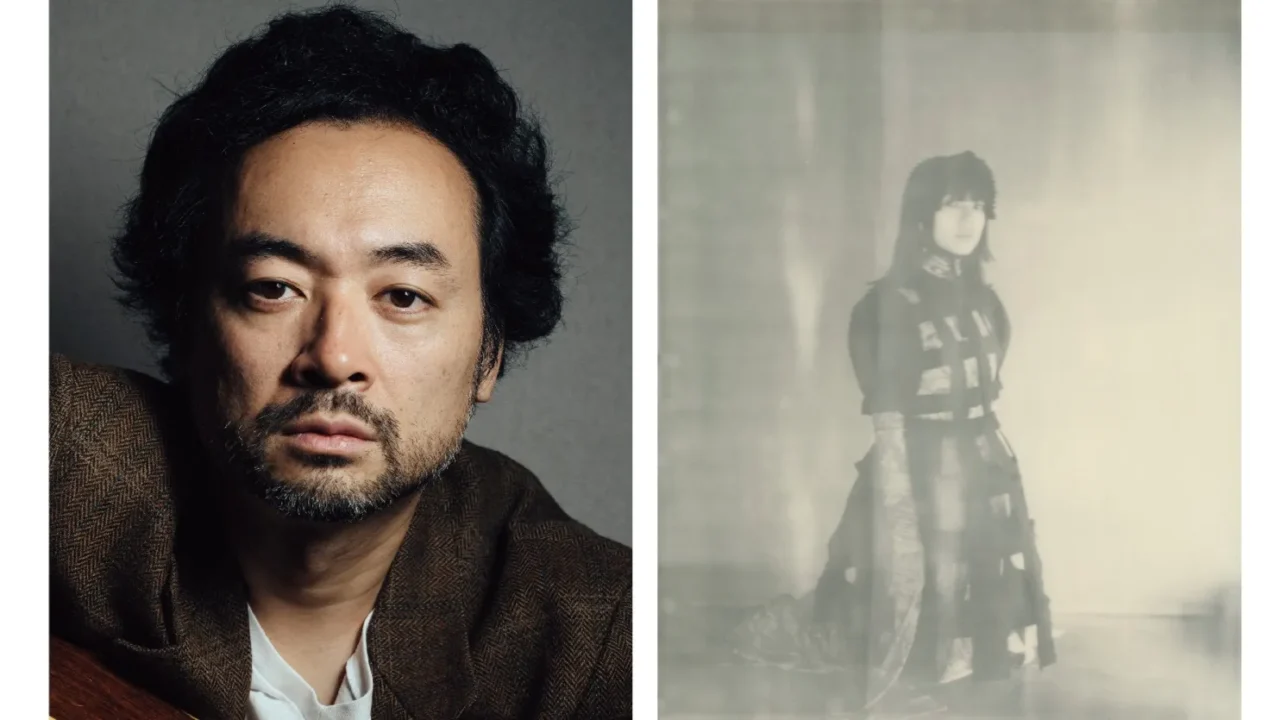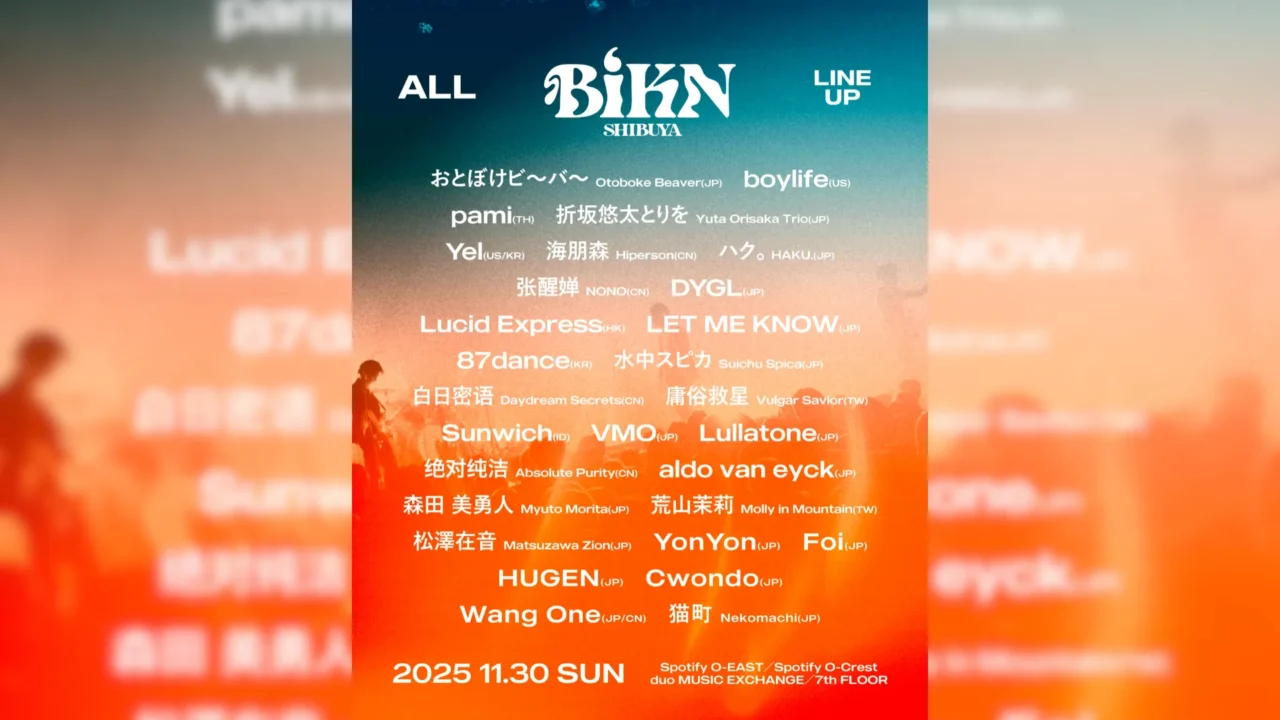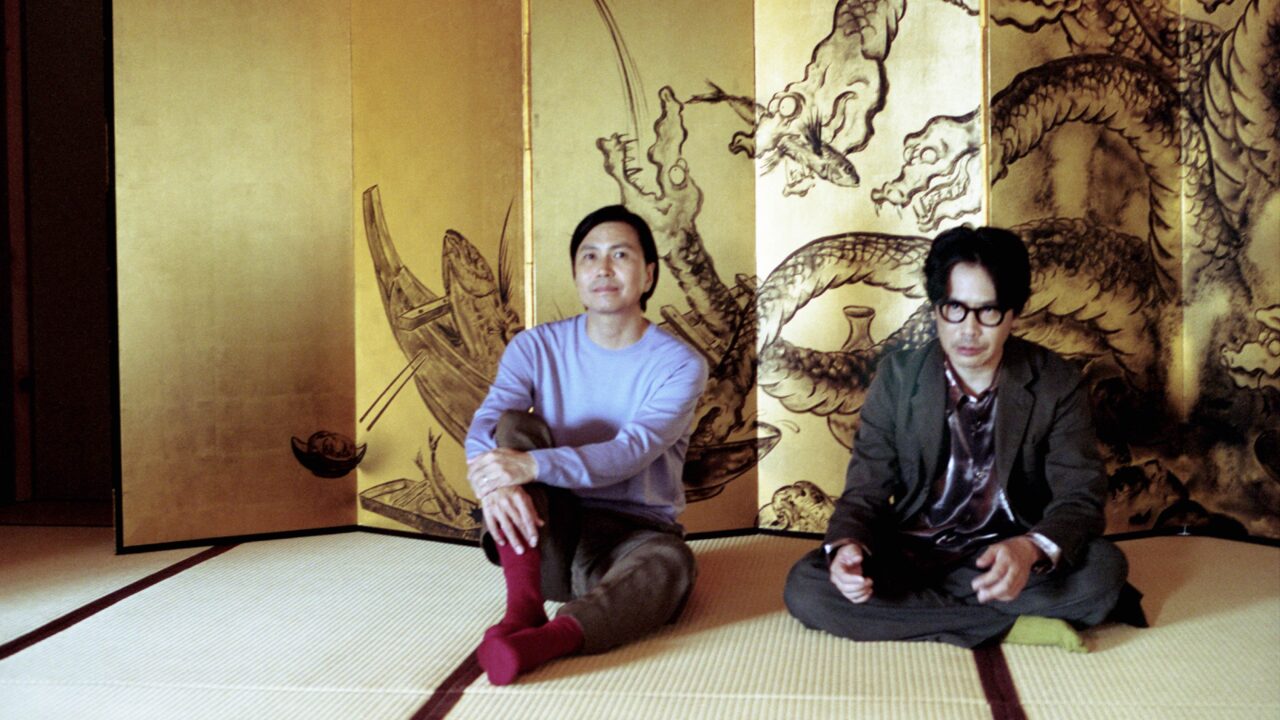As the Japanese charactoer of his name “Tomoyuki” write as “Joy of Knowing,” Summer Eye, embodying the joy of learning and knowing, visited the Museum of Rivers, known as “Kawahaku,” located in Saitama Prefecture for the fifth time. In this museum boasting three “number ones” in Japan, one experiences the overwhelming power of rivers.
INDEX
Museum Focused on the Arakawa River
I visited the Saitama Prefectural “River Museum (a.k.a. Kawahaku)”!
It takes about an hour and a half by car from where I live in Tokyo. The museum is located in Yorii-machi, Osato-gun, not far from the Hanazono Interchange on the Kanetsu Expressway. It is hard to imagine what kind of place it is just from the name, but it is a museum focusing on the Arakawa River, which is a river that no one living in the suburbs of Tokyo knows about. It is a river that is very familiar to us, but by the time we returned home after learning more about it, we were thinking about Panama. ……
Now, back to the story. The Arakawa River is well-known as the riverbed in the opening scene of the TV drama “Kinpachi Sensei,” or as the thick river mouth that you straddle on your way to Tokyo Disneyland, but it used to be a “raging river” that repeatedly overflowed. It is a little hard to imagine, isn’t it? But now, the river is always quite calm. When I look at it, I even feel relaxed. He is like a gentle but scary old man who used to be a yankee. When he gets angry, he is still scary.

In the indoor exhibition, you can learn about the natural disasters caused by the Arakawa River, the history of what people have done to protect their lives and property, their techniques, and how they have used the river to live their lives!
What surprised me the most was that my image of the Arakawa River, which I wrote about earlier, is that it did not flow there for a long time.
A cat that has lived for 100 years in the exhibition room told me that. It was the Arakawa River that flooded over and over again, but from June to August 1910, heavy rains fell intermittently for two months. The damage was terrible! The whole downtown area of Tokyo was flooded!

This led to the construction of the 500-meter wide, 22-kilometer long Arakawa drainage channel. Construction began the following year, 1911 (Meiji 44) (that’s speedy!) and was completed about 20 years later in 1930 (Showa 5) (good job!). The drainage channel was called the “Arakawa River”.
This discharge channel was to be called the Arakawa River, and the river that was originally called the Arakawa River is now called the Sumida River (it was originally called the Sumida River as well, but it was not unified, and it seems that it was unified).
I didn’t know that. I didn’t know that.
INDEX
Sensing the River’s Majesty and Might, Alongside Human Resilience.
When I saw the exhibition in the beginning, I simply thought, “Water is amazing, it has the power to moisten life and physically move things. It is extremely powerful. And rivers are the gathering and flowing of all of these things. And humans are creatures that somehow try to change the environment for their own reasons. I think that is what makes us human beings. I think that power is also amazing. Whenever I go to museums, I always think that humans are interesting. The people who make museums that teach us that humans are interesting are also interesting.
We cannot live without water. That’s why we need water to flow toward us. But it is not good if too much water comes and overflows, so we need to control it just right. So we need to control it so that it is just right.
The word “valve” came to mind. A device that stops the flow or changes the amount of flow. It is also quite interresting that this character means “to speak. Come to think of it, I think speaking can also be called “controlling the flow. And speaking is also “carrying something far” – and just as I was thinking about this, a demonstration of a gun weir began!
A gun weir is a man-made dam for transporting timber! It is a device that pushes timber downstream with the force of releasing stored water all at once. In the exhibit, a one-fourth scale reproduction of the flash weir that once existed in Oyamazawa was being demonstrated using actual water! After listening to a video taken on site projected on a screen & the explanation that goes along with it, you can see the water flowing vigorously. The sound was also powerful.
It is very rare for water to be used extensively in a museum exhibit. Normally, humidity is not appreciated in order to protect exhibits. This was very interesting and unique to a river museum.

INDEX
Experience Local Charm: Explore a 173-Meter Model of the Arakawa River!
The River Museum has three things that make it the best in Japan. The first is the waterwheel, which you will see as soon as you arrive. It is huge. It is 24.2 meters long.

The other is a large ceramic plate painting (Shigaraki ware) 21.6 meters long and 5.04 meters high. It is a work of art titled “Going Spring” by Gyokudo Kawai. It is said to be Japan’s largest large-scale art ceramic panel of Japanese painting displayed outdoors.

And this is badass! The large Arakawa River model 173!
This is a 1/1000 scale representation of the flow of the Arakawa River from its source (Mt. Kobushin) to its mouth (Tokyo Bay) and the topography along the main river! Of course, the height difference is also reproduced! It’s amazing! You should see it on site!

After seeing the exhibition, this model makes you think, “Wow, but the Arakawa River is really amazing! I know I have nothing to say, so I give myself zero points for reporting. However, I really think, “No~ but it really is amazing, isn’t it? I also definitely think, “Whoever made this model is amazing. You should see it in person.


The total length of the Arakawa River is 173 kilometers, so even at 1/1000th of a meter, the river is 173 meters long. Even though you are just looking at the model, it is a bit of a walk. It is a great fun to enjoy the model while mixing in the knowledge obtained from the exhibition, such as, “Is that where the Arakawa River was first bent?
Even on a reduced scale, the scale of the construction of the water discharge canal is still large, large, large. I couldn’t help but say to the curator, “How could someone in the Meiji Era decide to do something like this? And it’s amazing that someone actually did it.
I heard that the construction was directed by a Japanese who was involved in the construction of the Panama Canal. He went to Panama alone to study at a time when there were concerns about diseases such as malaria and racial discrimination was severe. He went there without knowing whether or not he would be able to get a job. Seriously? There are some amazing people out there!
I was so curious that I bought the book after I got home. I was so curious that I bought a book after I got home: “The Life of Aoyama Susumu, a Critical Biography: We Live with the River, We Die with the River. I found it at a used bookstore. I won’t write about the contents of the book because it is out of context of this column, but it is fun to find interesting things like this in a museum, I thought! I think.
It might be romantic to think of Panama while looking at the Arakawa River in the future. See you next time.
River-themed Playlist Curated by Summer Eye
Information
Saitama Prefectural River Museum
Address: 39 Koen, Yorii-machi, Osato-gun, Saitama
Hours: 9:00-17:00 *entry until 30 minutes before closing
Closed: Mondays (open on national holidays, substitute holidays, prefectural citizens’ days, and summer vacation periods), year-end and New Year holidays (12/29 – 1/3)
Admission: Adults 410 yen (240 yen), Students 200 yen (120 yen), Free for junior high school students and younger
Group rates are shown in parentheses.
Admission to Arakawa Wakuwaku Land and Adventure Theater is extra.
Summer Eye Sound Syndicate 2024 EARLY SUMMER TOUR Yokan
Saturday, June 8, 2024
Venue: Kyoto, Japan
Concert begins: 18:30 (doors open 17:30)
Check Ticket
June 9, 2024 (Sun)
Venue: Nagoya Kanayama Brazil Coffee
Concert begins: 18:30 (doors open 18:00)
SOLD OUT!!!
June 12, 2024 (Wed)
Venue: Tokyo Shibuya CLUB QUATTRO
Concert begins: 19:30 (doors open 18:30)
Check Ticket























